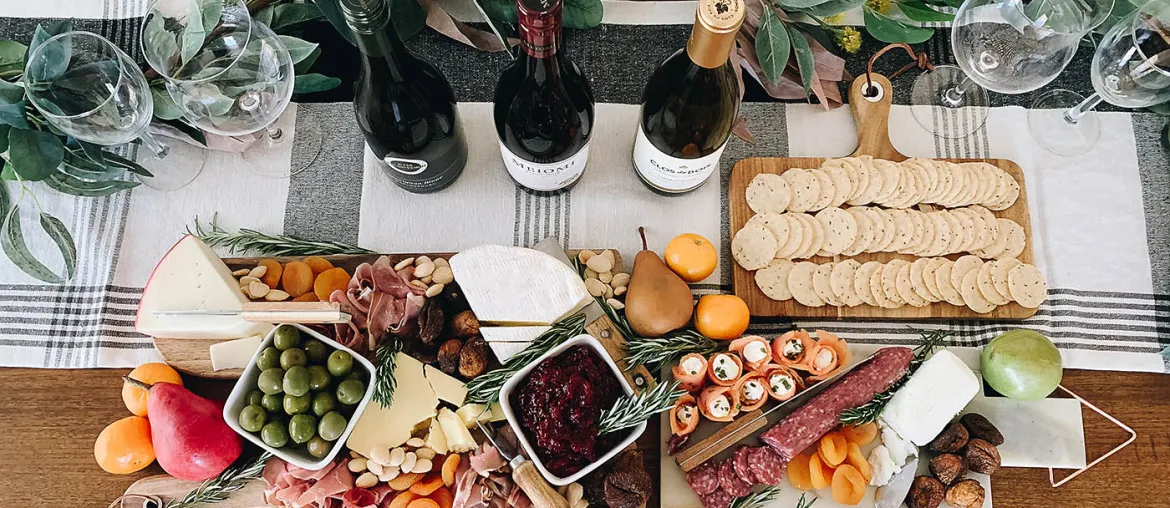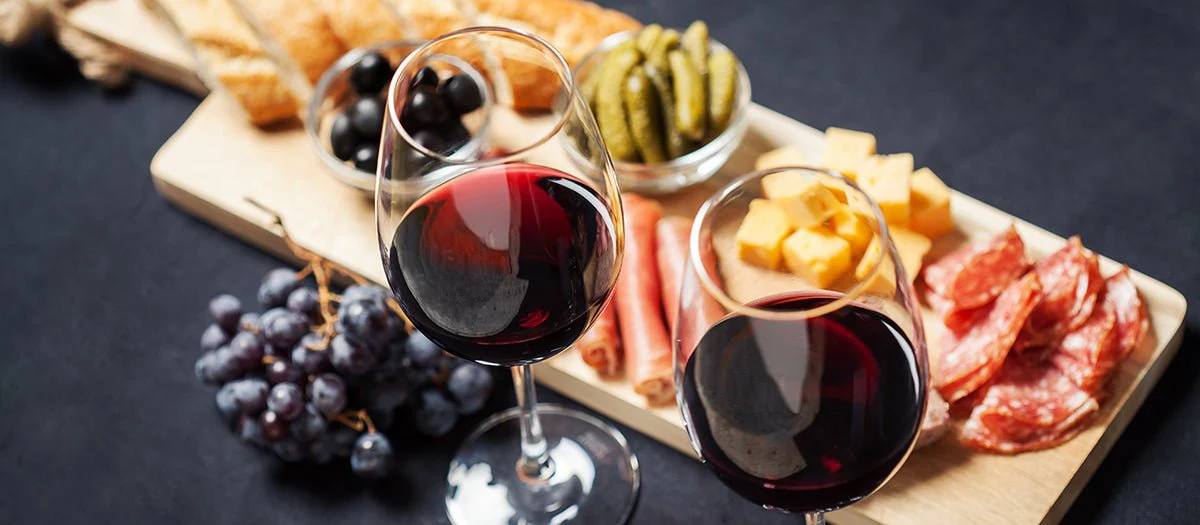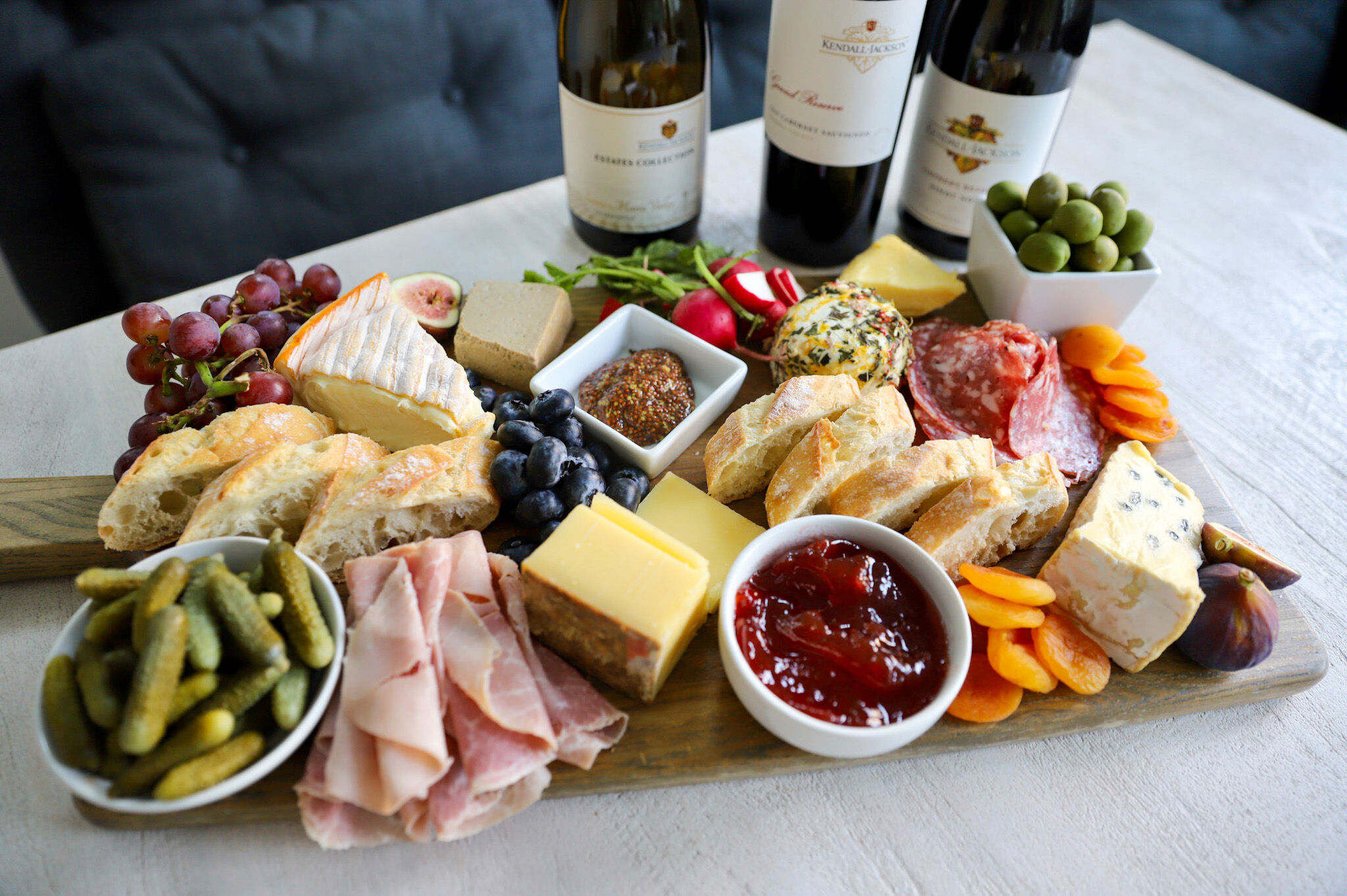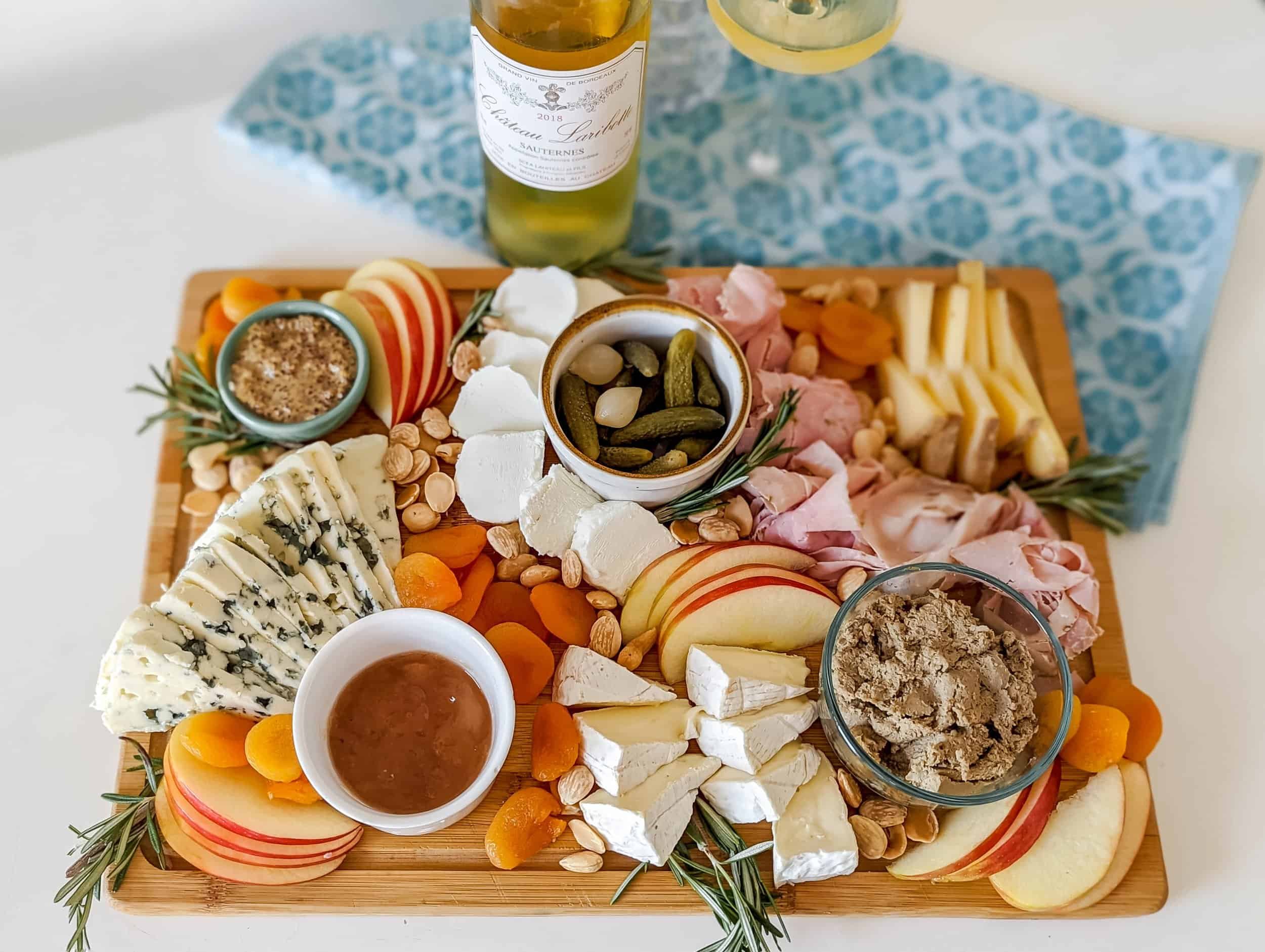Creating the perfect charcuterie board is an art form that brings together an exquisite symphony of flavors, textures, and aromas. But what truly transforms a good charcuterie spread into an unforgettable culinary experience is the wine that accompanies it. The marriage between wine and charcuterie represents one of gastronomy’s most celebrated partnerships, where each element enhances and elevates the other in perfect harmony.
The beauty of wine and charcuterie pairings lies in their complementary nature. The richness, saltiness, and spice of cured meats work in perfect balance with wine’s nuanced profiles, creating a sensory experience that’s greater than the sum of its parts. When done correctly, the salty, savory notes of aged cheeses amplify the fruit-forward aromas of sparkling wines, while bright, acidic varietals cut through the creaminess of soft cheeses. Bold reds find their match in the richness of cured meats and the earthiness of nuts, creating what experts describe as “a symphony of tastes where wine elevates the food, and the food enhances the wine.”
Whether you’re hosting an intimate dinner party or planning a casual weekend gathering, understanding the fundamentals of wine and charcuterie pairing will transform your entertaining game. This comprehensive guide will walk you through the best wine selections for every type of charcuterie board, from sparkling wines that cleanse the palate to robust reds that stand up to the boldest flavors. By the end, you’ll have the confidence to create pairings that will leave your guests talking long after the last bite.
Red Wines: The Classic Charcuterie Companions

Red wines remain the quintessential choice for charcuterie boards, offering the perfect counterpoint to rich meats and aged cheeses. The key to successful red wine pairings lies in matching the wine’s intensity with the boldness of your charcuterie selections.
Cabernet Sauvignon stands as the powerhouse of charcuterie pairings. This big, bold wine bursts with blackberry and plum flavors that make it an ideal companion for hearty cured meats like salami. Its full body and robust tannins work exceptionally well with richer, more flavorful charcuterie such as aged cheeses and heavily seasoned meats. The wine’s dark fruit flavors and hints of spice can confidently stand up to intense flavors found in salami and smoked sausages.
For those seeking a lighter red wine option, Pinot Noir offers the perfect solution. This versatile wine brings juicy cherry and raspberry notes that create an ideal partnership with soft cheeses like brie. Pinot Noir’s light to medium body and vibrant acidity make it a top choice for charcuterie boards, with its subtle fruit notes and earthy undertones complementing a wide range of selections. Wine experts particularly recommend red fruited, elegant Pinot Noir for its versatility with salami, liver pâté, hams, and virtually any cheese that might appear on a charcuterie board.
Grenache provides another excellent red wine option, offering smooth, fruity characteristics bursting with ripe berry and subtle spice. This approachable wine pairs beautifully with nutty cheeses like manchego and salty cured meats like chorizo, making it a versatile choice for any board. For those seeking Italian varietals, Barbera presents a fruit-forward option with high acidity, featuring flavors of dried cherries, raspberries, and strawberries, along with pepper, herbal, or vanilla notes.
White Wines: Fresh and Bright Companions
While red wines often steal the spotlight, white wines bring their own unique charm to charcuterie pairings, offering fresh, fruity characteristics that complement lighter boards and provide excellent contrast to rich, creamy elements.
Sauvignon Blanc emerges as a standout choice among white wines, known for its crisp acidity and bright citrus flavors. This wine pairs exceptionally well with fresh and soft cheeses, as well as tangy charcuterie like pâté. Its tangy flavor profile creates a particularly harmonious combination with goat cheese, while its acidity helps cut through the richness of creamy cheeses and balances the saltiness of cured meats.
Chardonnay offers a fuller-bodied white wine option for those seeking more complexity. The wine’s buttery texture and notes of vanilla and oak complement richer cheeses such as Brie and aged Gouda. Chardonnay’s complexity makes it versatile enough to handle a variety of charcuterie elements, particularly when dealing with creamy, indulgent selections.
Riesling provides exceptional versatility for cheese pairings, working particularly well with salty cheeses and aged Gouda, Edam, Feta, Halloumi, and imported blue cheese. This wine’s ability to balance sweetness with acidity makes it an excellent choice for boards featuring a diverse cheese selection. Additionally, Albariño offers crisp characteristics with citrus and mineral notes that can balance out the richness of creamy cheeses.
Sparkling Wines: The Ultimate Crowd Pleasers

Sparkling wines deserve special recognition for charcuterie pairings, offering unique advantages that make them incredibly popular choices for entertaining.
Champagne consistently ranks as a winner for charcuterie boards, with wine enthusiasts frequently citing it as their go-to choice. The effervescence and crisp acidity of sparkling wines provide a refreshing contrast to the fattiness of charcuterie while acting as a palate cleanser between rich and fatty bites. The toasty notes found in aged Champagne or Cava can also complement the nuttiness of aged cheeses.
Prosecco offers an uplifting, sunny wine option that works beautifully with charcuterie boards. Its light, effervescent character makes it particularly appealing for social gatherings, while its fruit-forward profile complements a wide range of charcuterie elements without overwhelming delicate flavors.
Rosé: The Perfect Middle Ground
Rosé wines occupy a unique position in charcuterie pairings, offering the perfect balance between the lightness of white wine and the boldness of red wine. With their crisp acidity and notes of strawberries, peaches, and citrus, rosé wines can bring out the sweet notes in ham, bacon, or even honey.
This wine style works particularly well with mildly savory vegetables, Brie, mozzarella, or goat cheese, marbled and fatty meats, juicy fruits, and chocolate-dipped strawberries. The bright, sunny flavors of rosé make it an excellent choice for fancier charcuterie presentations featuring grilled vegetables or meats.
Expert Tips for Perfect Pairings

When selecting wines for your charcuterie board, consider the balance of flavors and textures. Wine experts recommend choosing wines with lots of acid for versatility, suggesting options like Langhe Nebbiolo and Barbera for reds, or White Burgundy, Sancerre, and Albariño for whites.
The key to successful pairings lies in understanding that there’s no one-size-fits-all rule. Consider the boldness, acidity, sweetness, and complexity of different wines when making your selections. For boards featuring a variety of cheeses and meats, having multiple wine options allows guests to experiment and find their preferred combinations.
Remember that wine and charcuterie pairings are ultimately about enhancing the dining experience. The right combination creates a balanced and complementary experience where each element supports and elevates the others, resulting in a truly memorable gathering that your guests will treasure.


